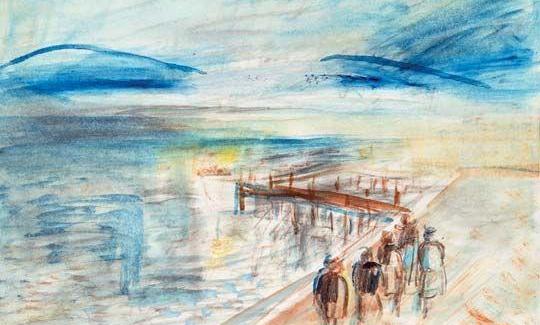
On New Forms (an essay)
 12 min
12 min
On New Forms (an essay)
In my early 30s I started to turn towards page poetry and writing for theatre rather than performing on stage. I was trying to find the kind of profession where I could still make use of the skills I'd acquired during my music career, but didn't have to expose myself to constant attention and the draining responsibility of talking to crowds even when you don’t have anything important to say. When I began working on stage productions as a writer, I often encountered a sort of anachronistic attitude among theater makers, a lack of will to experiment and a very strong sense of tradition, that is an insistence on straightforward storytelling. In Hungary, even the most acclaimed art house theaters hardly ever challenge conventions and step out of their comfort zone: the good old heritage of









 English
English
 Français
Français
 Deutsch
Deutsch
 Italiano
Italiano
 Español
Español



 Colaborar
Colaborar

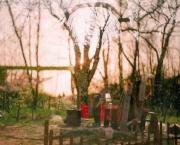

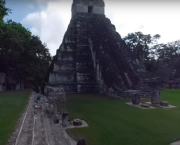
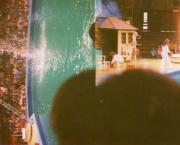

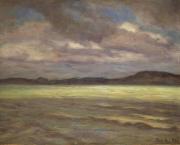
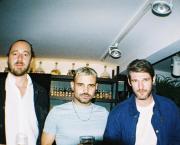


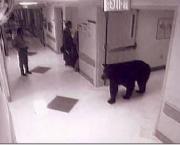

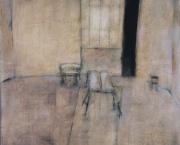

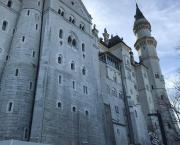



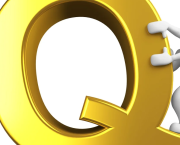


 Puedes apoyar a tus escritores favoritos
Puedes apoyar a tus escritores favoritos






Andras Varga hace 2 años
Great essay. There is book with some similar thoughts, titled Fears and symbols by Elemér Hankiss. It explores how myths and rituals translated into the current consumer civilization. It mainly deals with everyday life, not theather or arts, but I feel there is a close connection there.